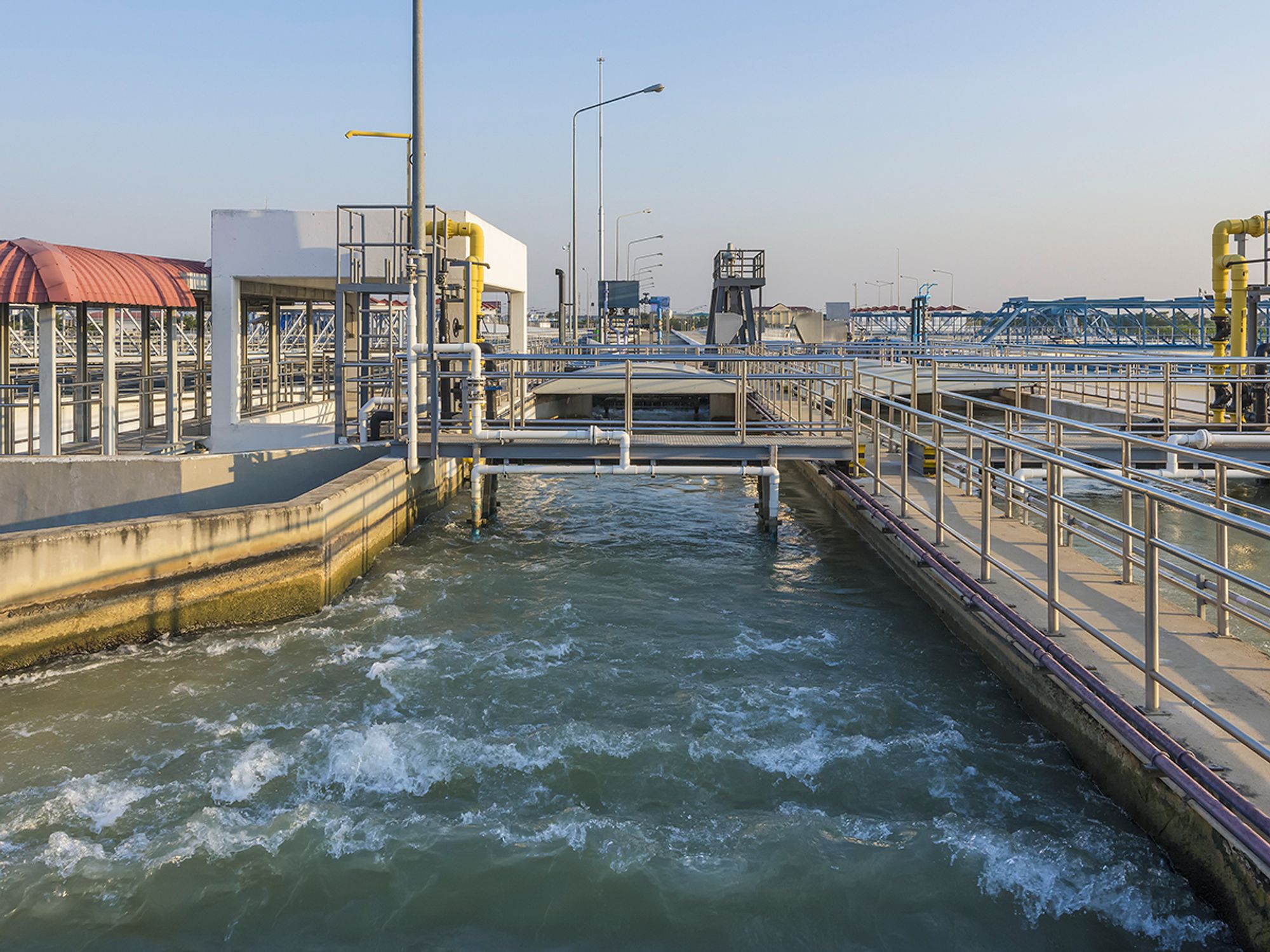Cooling water intake structures

- Permits for cooling water intake structures address the intake of water rather than the discharge of water into waters of the United States.
Cooling water intake structure means the total physical structure and any associated constructed waterways used to withdraw cooling water from waters of the U.S. The cooling water intake structure extends from the point at which water is first withdrawn from the waters of the U.S. source up to, and including, the intake pumps.
Unlike all the other industrial activities covered by the National Pollutant Discharge Elimination System (NPDES) wastewater permits, permits for cooling water intake structures address the intake of water rather than the discharge of water into waters of the United States. The Environmental Protection Agency (EPA) has established national performance standards designed to reduce the number of fish and other marine life killed by a facility’s cooling water intake structure into the cooling system.
40 CFR Parts 122 and 125 apply to cooling water intake structures at existing facilities. Effective October 14, 2014, the rules apply to existing facilities that use cooling water intake structures to withdraw water from waters of the United States and have or require an NPDES permit.
Existing facilities subject to this regulation include those with a design intake flow greater than 2 million gallons per day (mgd) and use at least 25 percent of the water they withdraw exclusively for cooling purposes. Facilities that require NPDES permits, but do not meet the two mgd intake flow threshold must check with their permitting authority to see if the rules apply to them.
Generally, facilities that meet these criteria fall into two major groups: steam electric generating facilities and manufacturing facilities.
The three main components of the rule are:
- All affected facilities must reduce fish impingement. They may choose from one of seven options for meeting the best technology available requirements.
- Existing facilities that withdraw at least 125 million gallons per day are required to conduct studies to help their permitting authority determine whether and what site-specific controls, if any, would be required to reduce entrainment. This decision process includes public input.
- New units that add electrical generation capacity at an existing facility must also add technology that achieves one of two alternatives under national standards for entrainment for new units at existing facilities.
